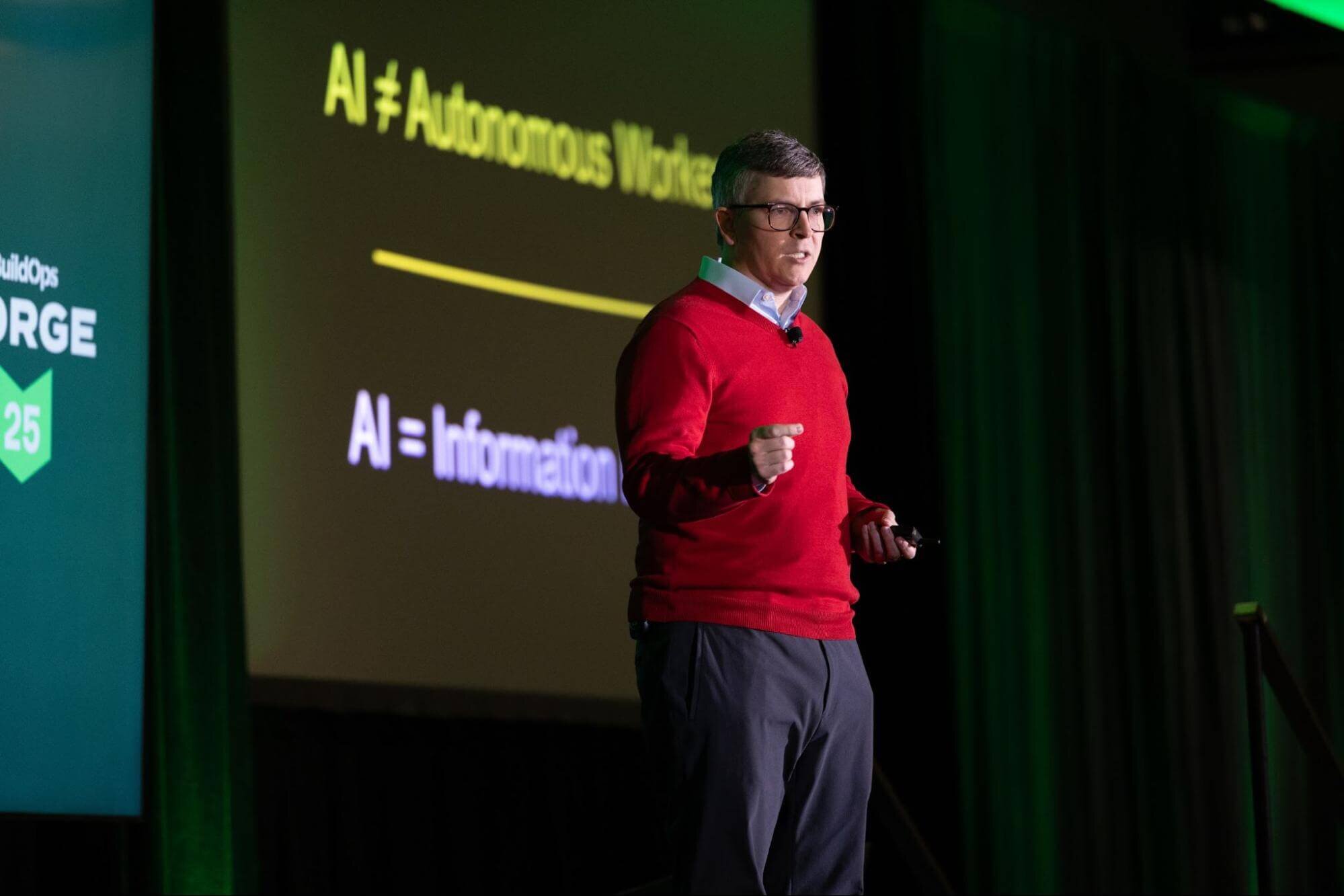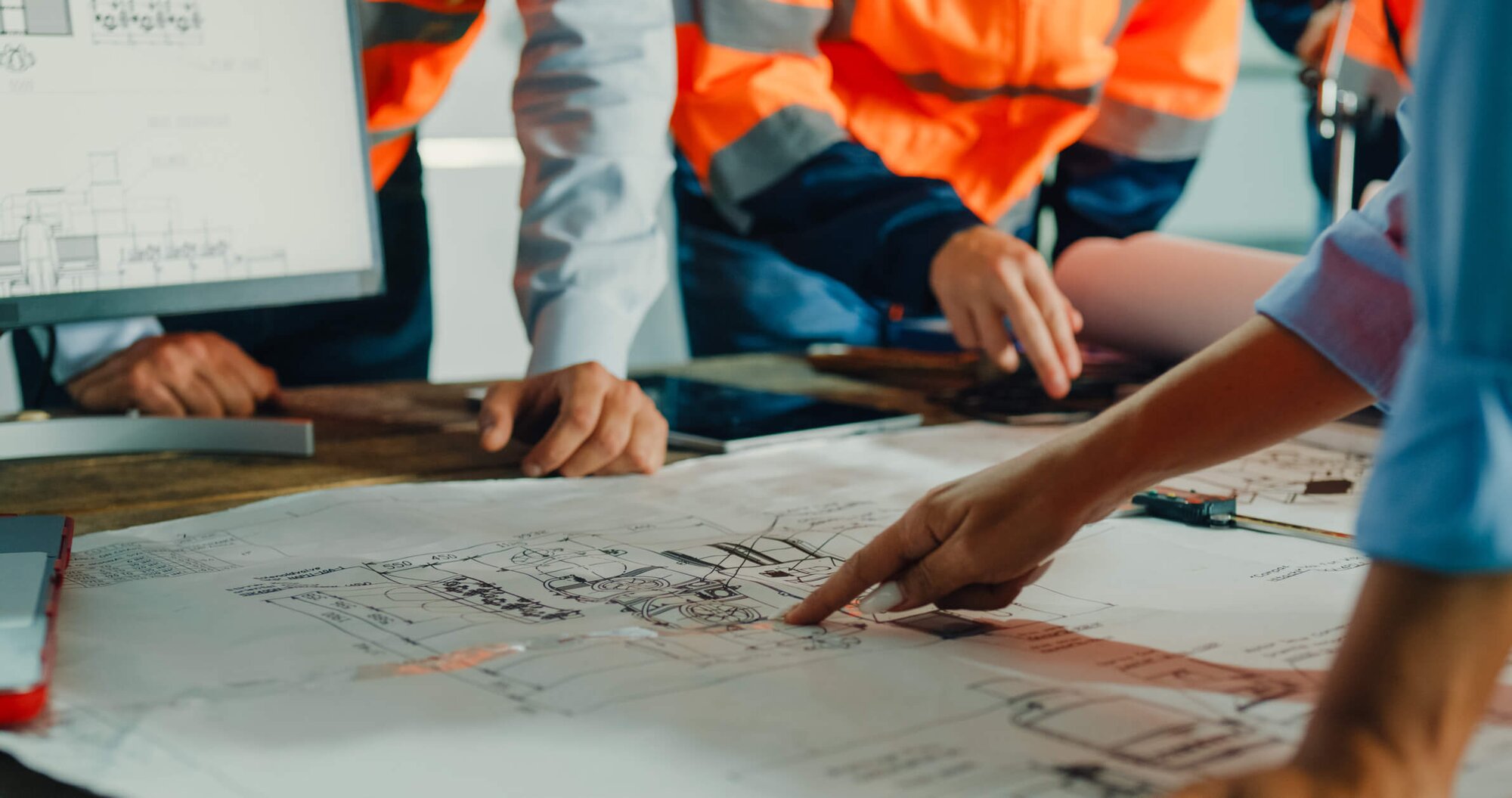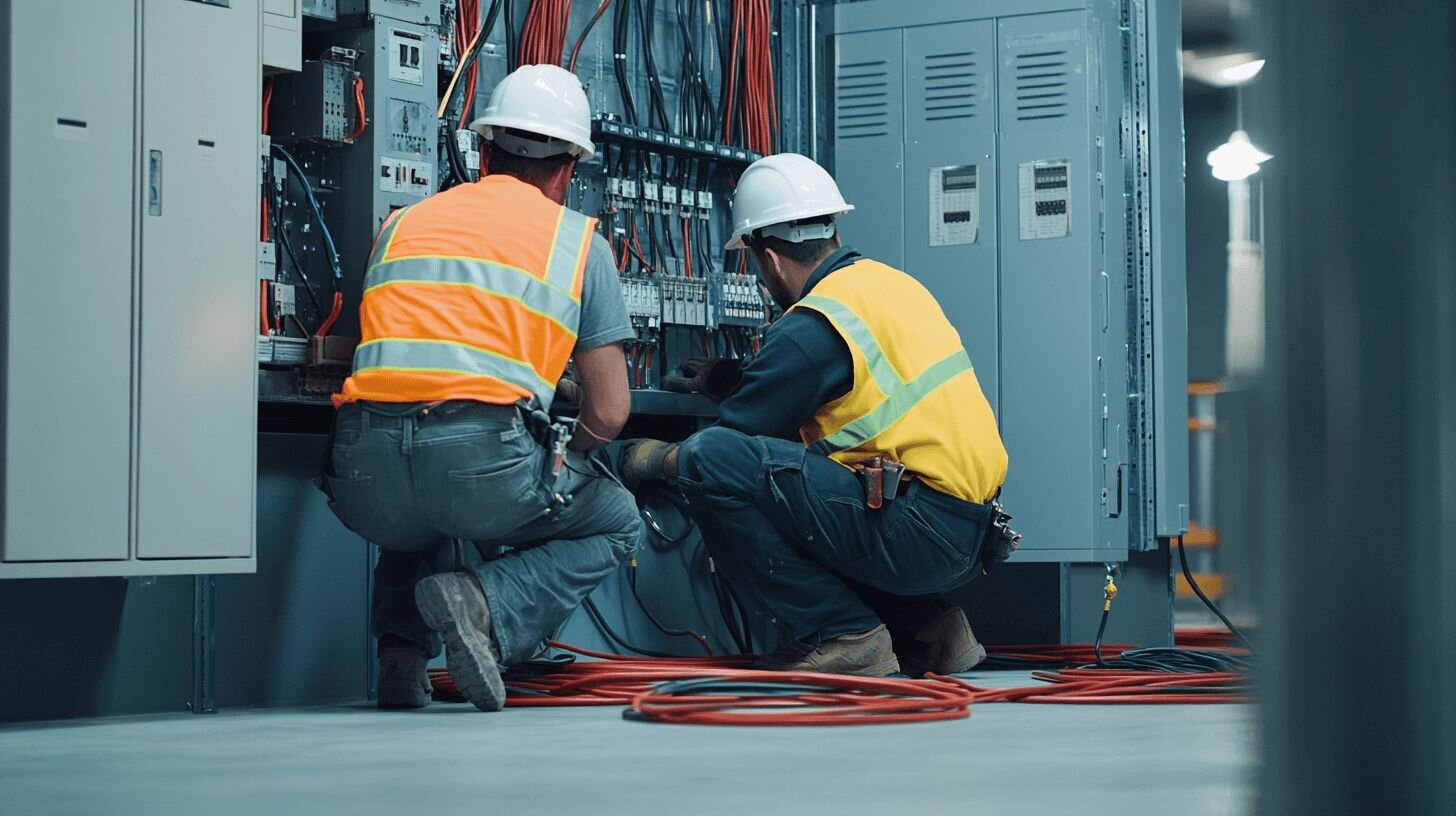Contractors aren’t asking whether AI matters. They’re asking what’s real, what’s noise, and how fast they need to move.
The answer’s the same everywhere: AI isn’t replacing the trades — it’s taking the busywork off their plate so they can focus on the jobs that keep the world running.
Here’s what the field is seeing.
1. AI is here — and the trades know it
According to "The Pivot Point: AI and The Future of Commercial Contracting," a survey of 606 contractors across the U.S. and Canada from BuildOps and Kickstand,
- 78% are already using or testing AI tools.
- 80% say AI will be essential within three years.
During the 2025 BuildOps user conference, Harvard Business School Professor, Chris Stanton, described the same pattern, but from a different vantage point.
When ChatGPT first hit, he watched white-collar students and office workers panic as AI wrote emails, summarized reports, and built slides faster than they could.
But for the trades?
“Over the long term, jobs that have a physical or manual component will be the durable jobs in the economy,” he says.
The takeaway: The trades are future-proof — because they’re human-proof. The more tech automates the world, the more valuable craftsmanship becomes. AI is accelerating change—but the trades have leverage.
2. Optimism is high — but so is the pressure
Contractors see the growth coming:
- 70% feel optimistic about the year ahead.
- 71% say regional booms — data centers, electrification, healthcare — are pushing work up fast.
During BuildOps’ webinar The Pivot Point, Customer Success leaders Grant Spiegel, Thurain Hlaing, and Chappell Brock shared the same story: shops are winning bigger work, opening new offices, and adding people as fast as the labor pool allows.
But the labor pool is tight:
- Nearly half report 20–25% of roles unfilled.
- 69% see burnout rising.
And it’s not just the field crews.
“The office teams are being stretched thin,” Brock said. “One customer told me she taps out at 11 hours a day. That’s not sustainable.”
AI isn’t here to replace anyone — it’s here to take the load off.
3. Contractors don’t want sci-fi. They want the grind fixed.
Across shops, the ask is simple: “Make the daily work easier.”
As Hlaing puts it: “If AI can clean up a tech’s notes or translate their voice so the back office doesn’t have to — those 10 seconds add up fast.”
Stanton says it another way: AI helps workers become “information routers.”
Not robots. Not replacements. Just faster decisions with fewer headaches.
4. The biggest blocker isn’t fear — it’s training
The Pivot Point data surfaced something important: Contractors aren’t scared of AI. They just don’t know where to start.
Teams want clarity on:
- Where AI fits
- What to update
- Which workflow to tackle first
Stanton’s research shows the same thing: if you don’t change how the job runs, AI can’t help you move faster.
Weak workflows stay weak — no matter how strong the model is.
5. The trades are staring at a rare opening
Stanton’s long-term findings show a clear gap:
- Construction productivity hasn’t budged in decades.
- Other industries — manufacturing, automotive — have surged ahead.
That gap is a chance for the trades to jump forward.
Stanton says look at home health: another field-based, high-complexity workforce. They run nearly 2x more field workers per admin because they digitized early and connected their data.
For contractors, the path is straightforward:
- Clean up the workflows that slow teams down
- Connect the full lifecycle of a job
- Start small and build on what works
- Measure real output, not just hours saved
And here’s the part people forget: AI depends on the trades.
Someone still has to build the data centers, wire the power, install the chillers, and keep the systems running.
The world needs more skilled tradespeople — not fewer.
Final Takeaway: Contractors don’t want hype. They want help.
Across the Pivot Point report, the BuildOps webinar, and Stanton’s keynote, the message is consistent:
- AI is already in the industry
- The trades aren’t afraid of it
- They just want it to work in the real world
The shops that start now will run tighter and stay ahead.
The ones waiting for “perfect” could get left behind.



